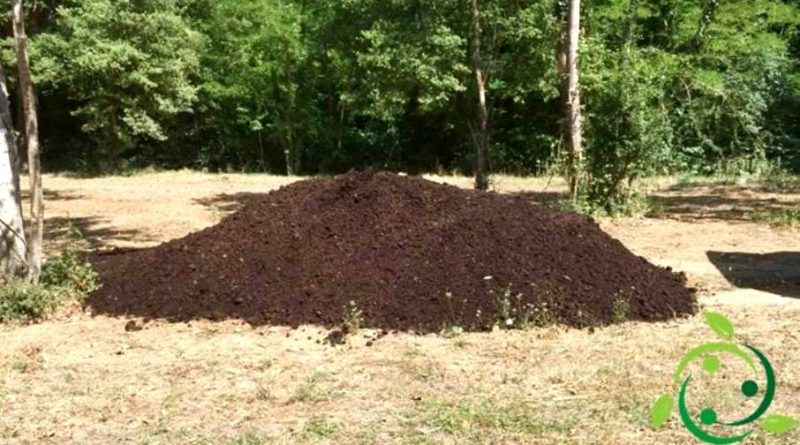How to prepare Compost in the farm
How to prepare Compost in the farm
Composting, both at the level of farms and for domestic use, is a real art. Moreover, the recycling and re-use of organic matter has become an ecological necessity of the highest necessity.
Here we will deal with how to prepare the compost to be used in our farm bringing a significant benefit in ecological and economic terms (ignoring the biochemical aspects that occur in the process, which we refer to other parts of the site or to specialist publications).
Normally, in the farm, composting takes place in wooden boxes through the collection and accumulation of food waste, foliage, wood (previously shredded) and waste from agricultural and zootechnical production.
It is clear that the quality of the compost varies according to the products used; it goes from the compost obtained with only foliage, very fine to the most coarse one obtained with mixtures of shredded branches, etc.). it is evident that every company, according to its production characteristics, will have to produce its compost, transforming and recycling at the most all the organic matter available.
If you use only vegetable by-products you will not have particular problems of unpleasant odors, even if it is always advisable to do the composting far from the center of the company and in any case at a distance not to cause olfactory disturbance.
To prepare an excellent compost it would be good to keep in mind (or better to write down on a register) the types of substances used from time to time in order to monitor and possibly improve the quality of the next compost.
However, the secret is to accumulate waste from agricultural production, not too coarse, periodically shuffling (not keeping them under the sun’s rays and then in a sheltered or covered place) and, if necessary, moisten them periodically.
You will be sure that the compost is ready when in the organic substance produced the starting products will no longer be distinguished and above all the color will be that typical of the humus (dark brown).
A compost has on average the following content in elements: Nitrogen (N) 0.8 – 2.4; Phosphorus (P2O5) 0.3 – 2.1; Potassium (K2O) 0.4 – 1.4; Calcium (CaO) 5 – 15; Magnesium (MgO) 0.8 – 2.2. In addition it has a high content in organic matter that is the real fundamental compound to increase the structure and fertility of your soils.
The use of compost is at the base of future sustainable agricultural techniques, such as permaculture, natural agriculture, organic farming and biodynamic agriculture.
With the compost you get an excellent fertilizer that will allow vegetables, plants and flowers from the garden and the garden to grow at their best thanks to a wholly natural nourishment.

